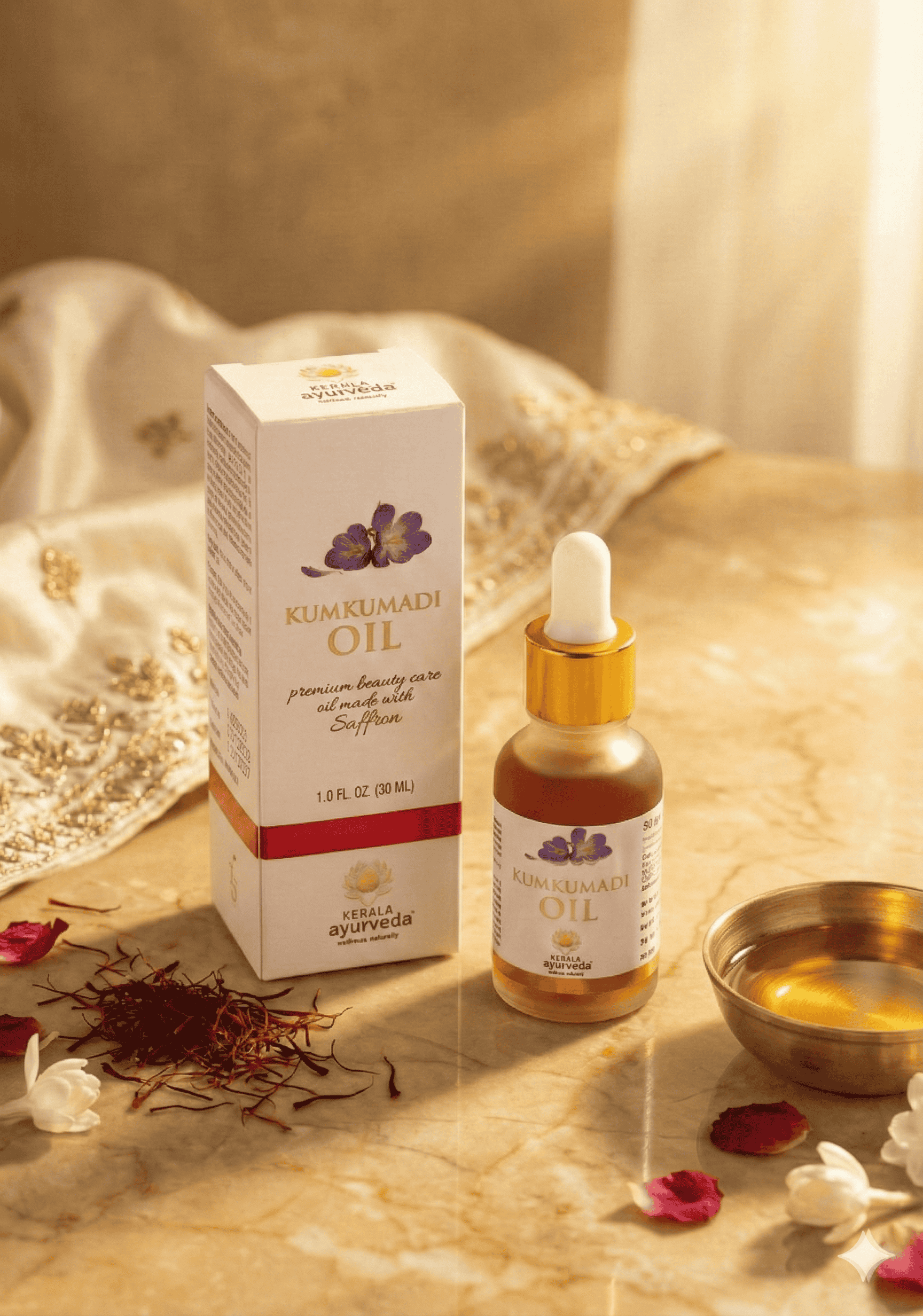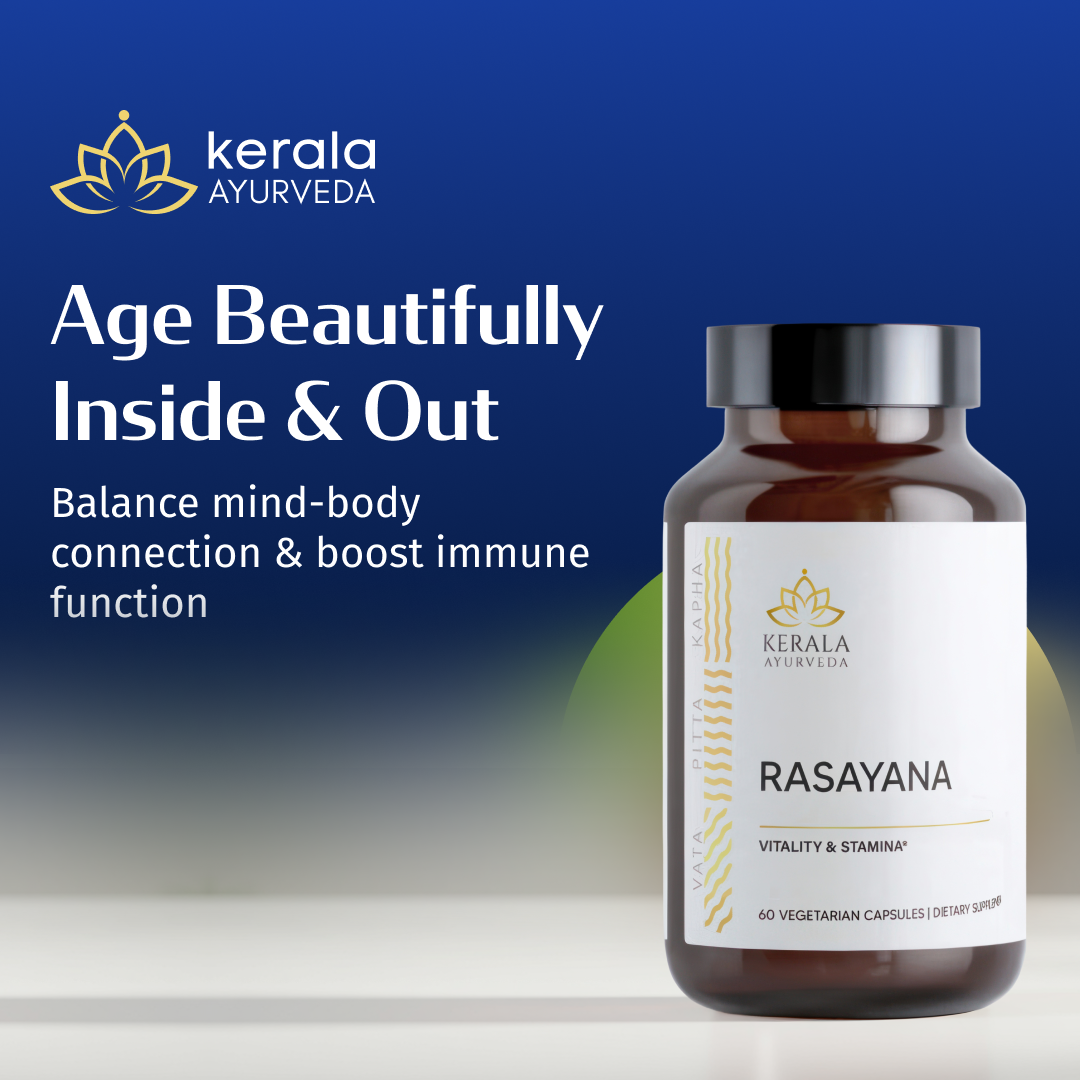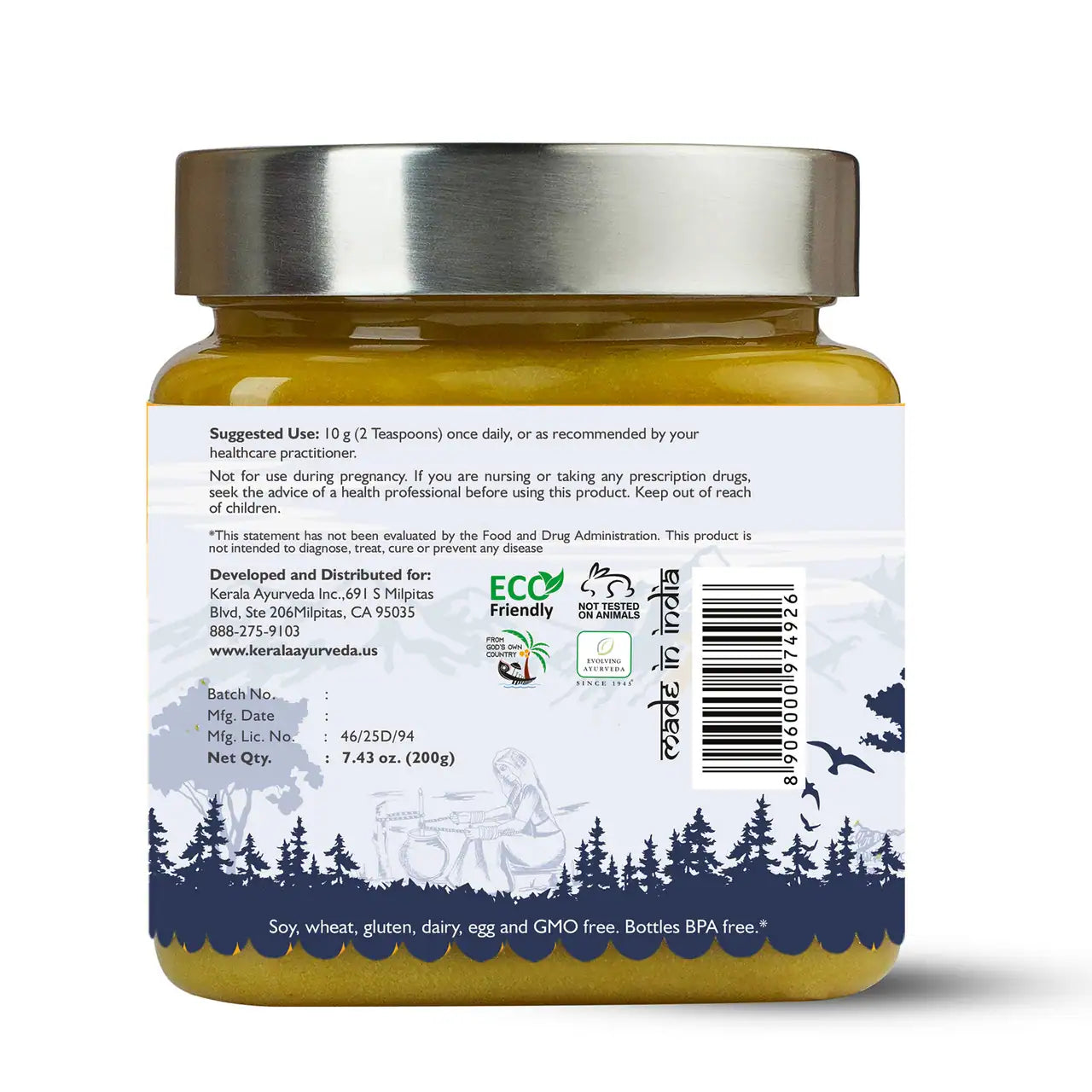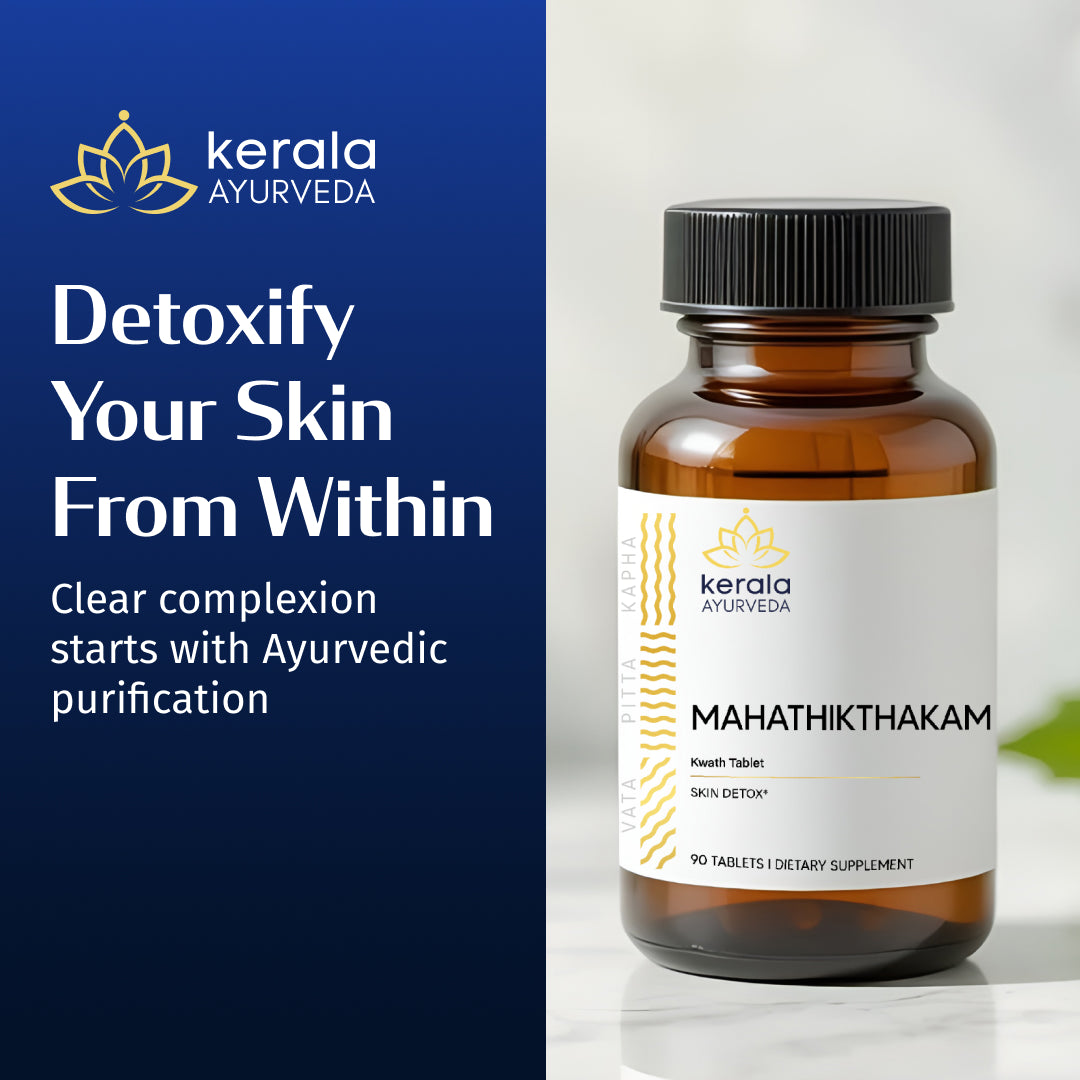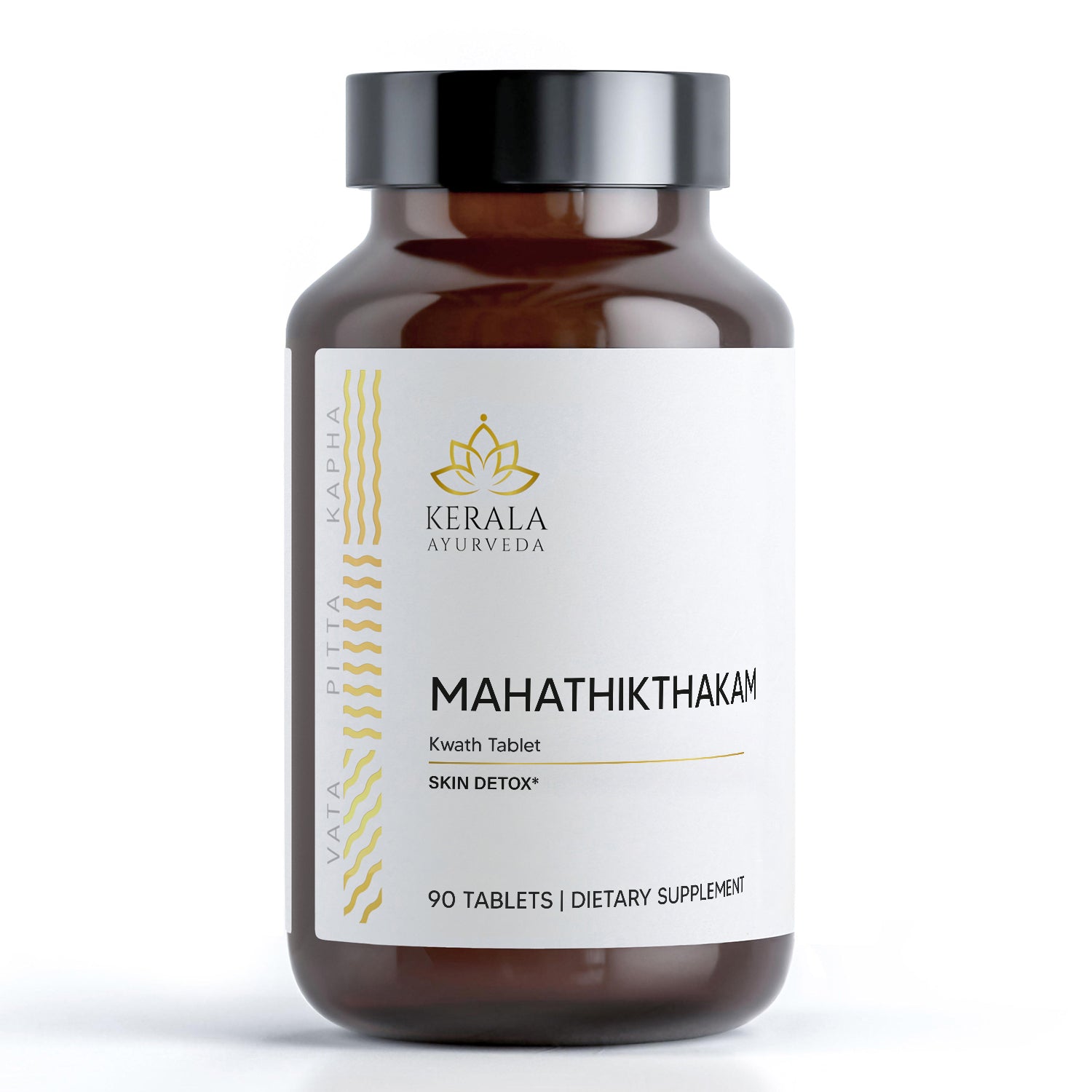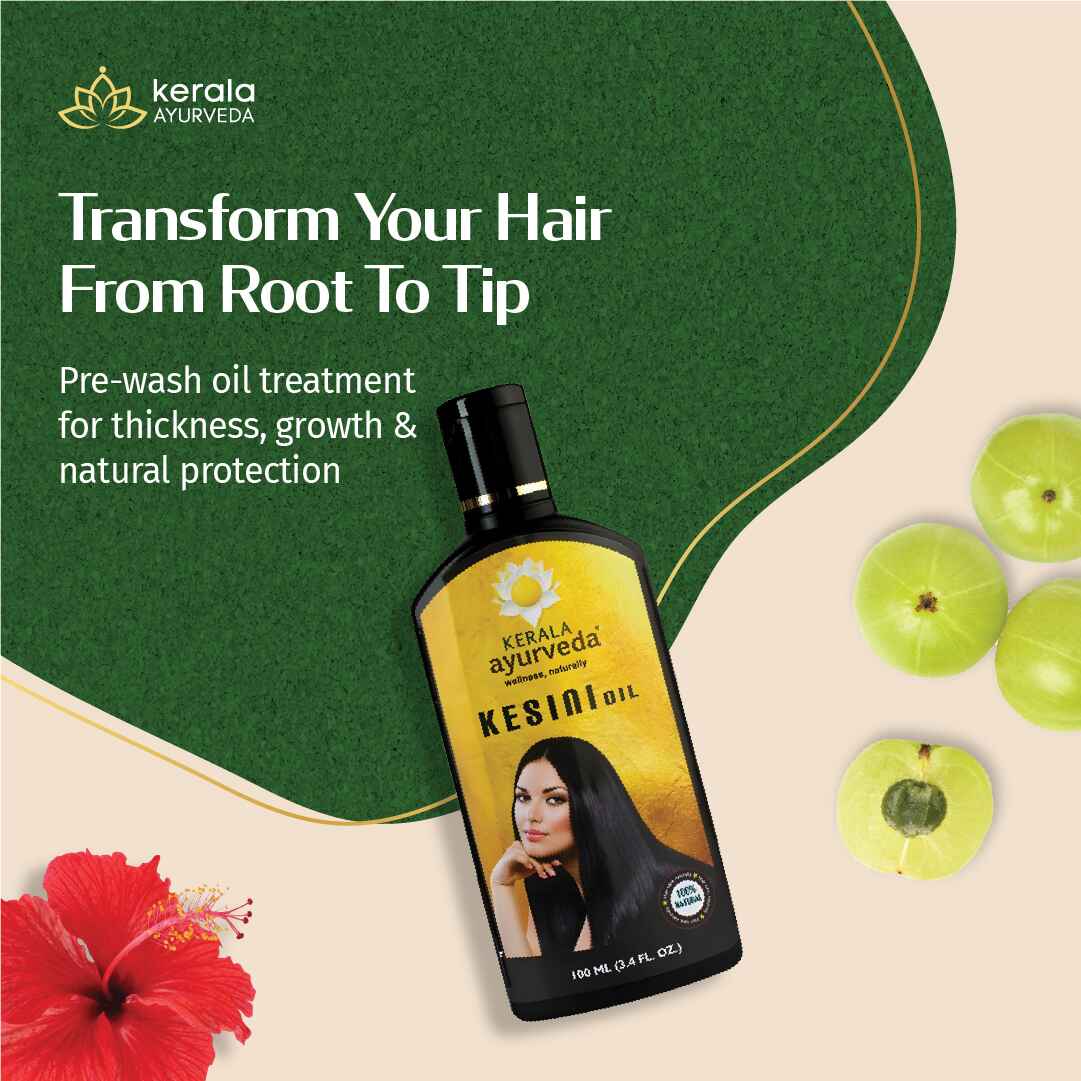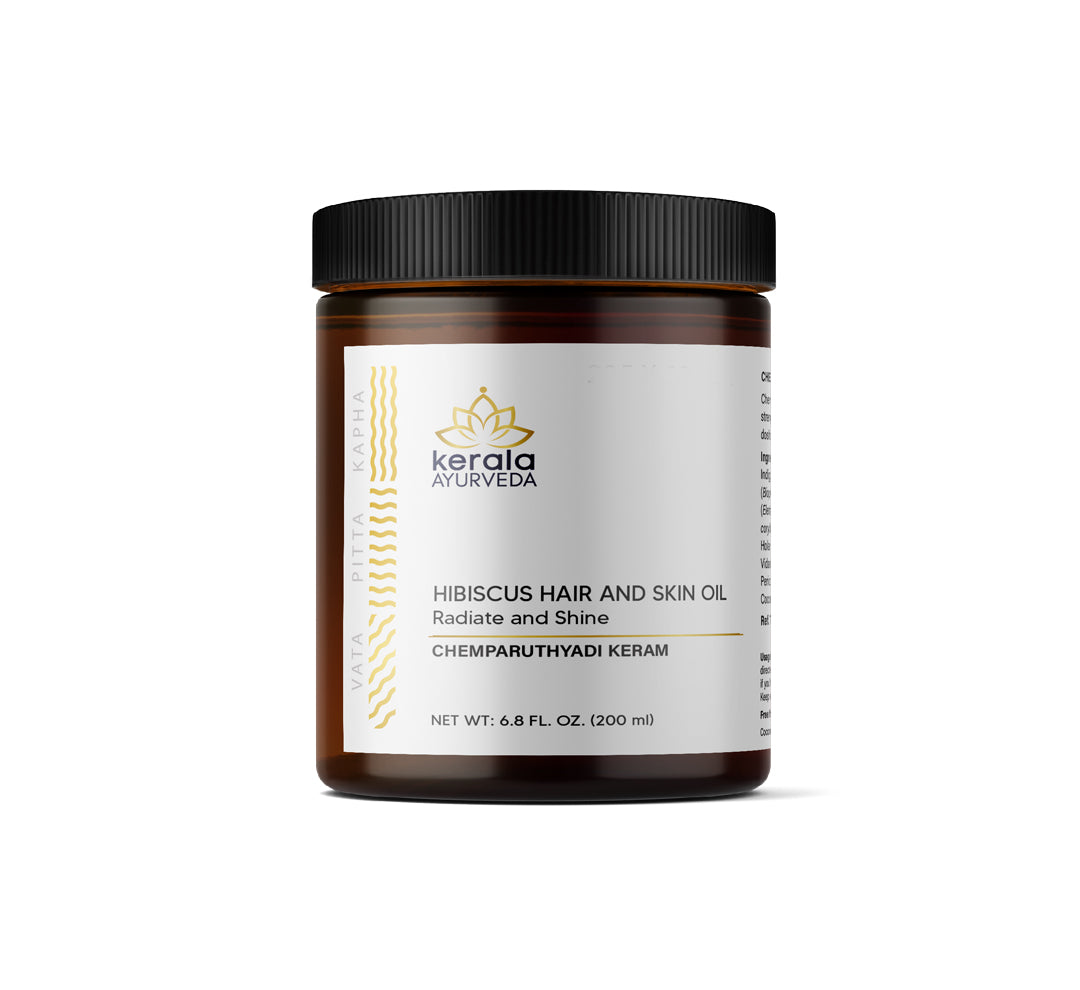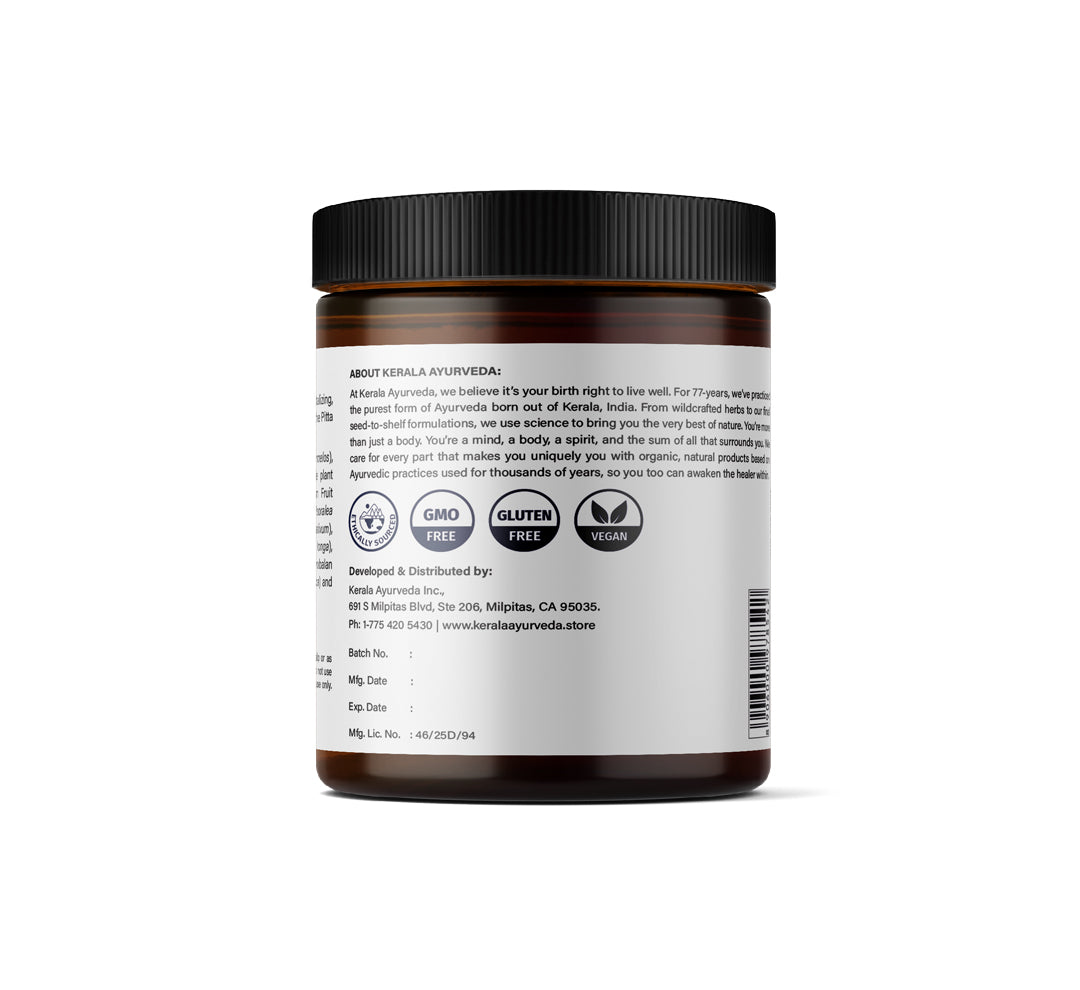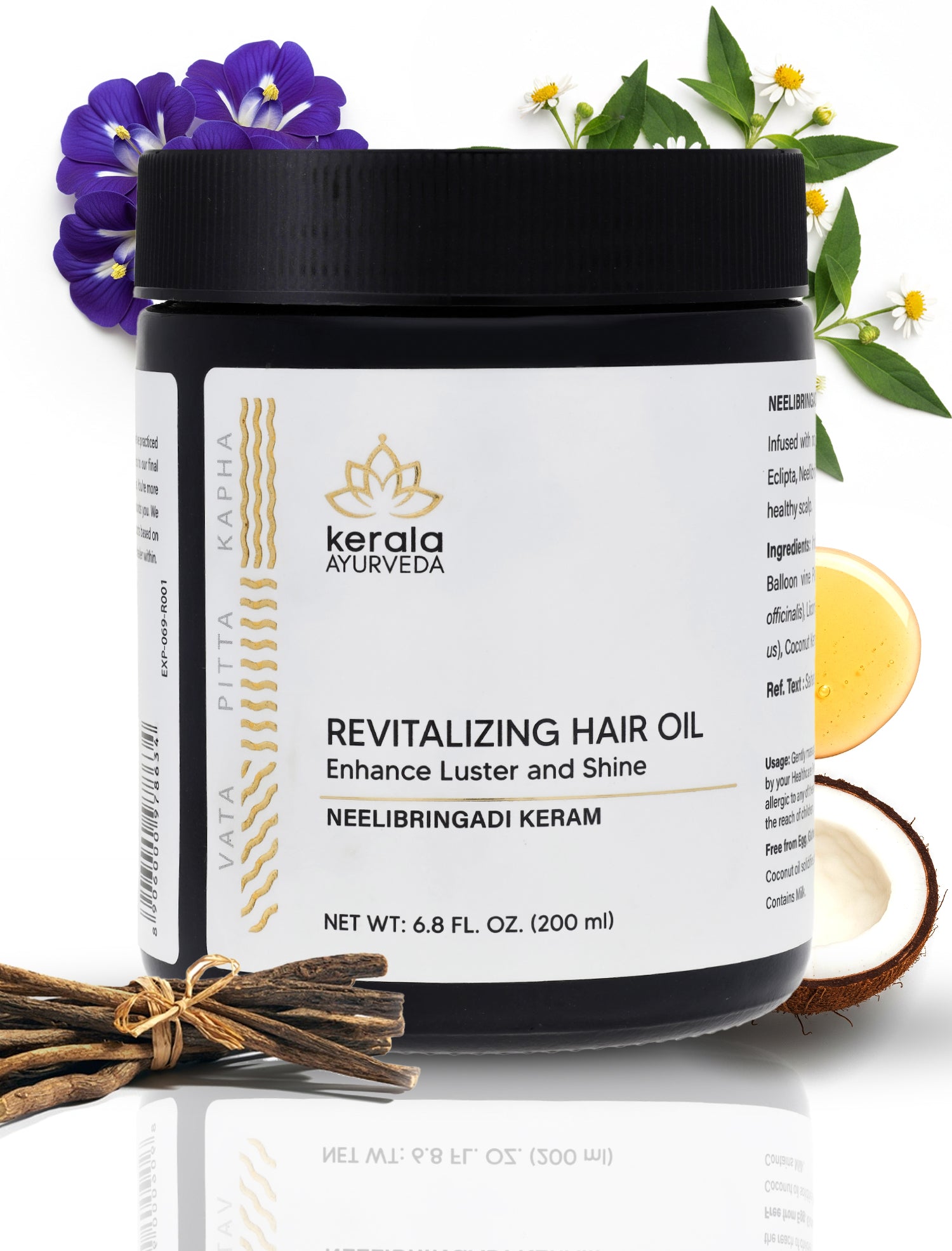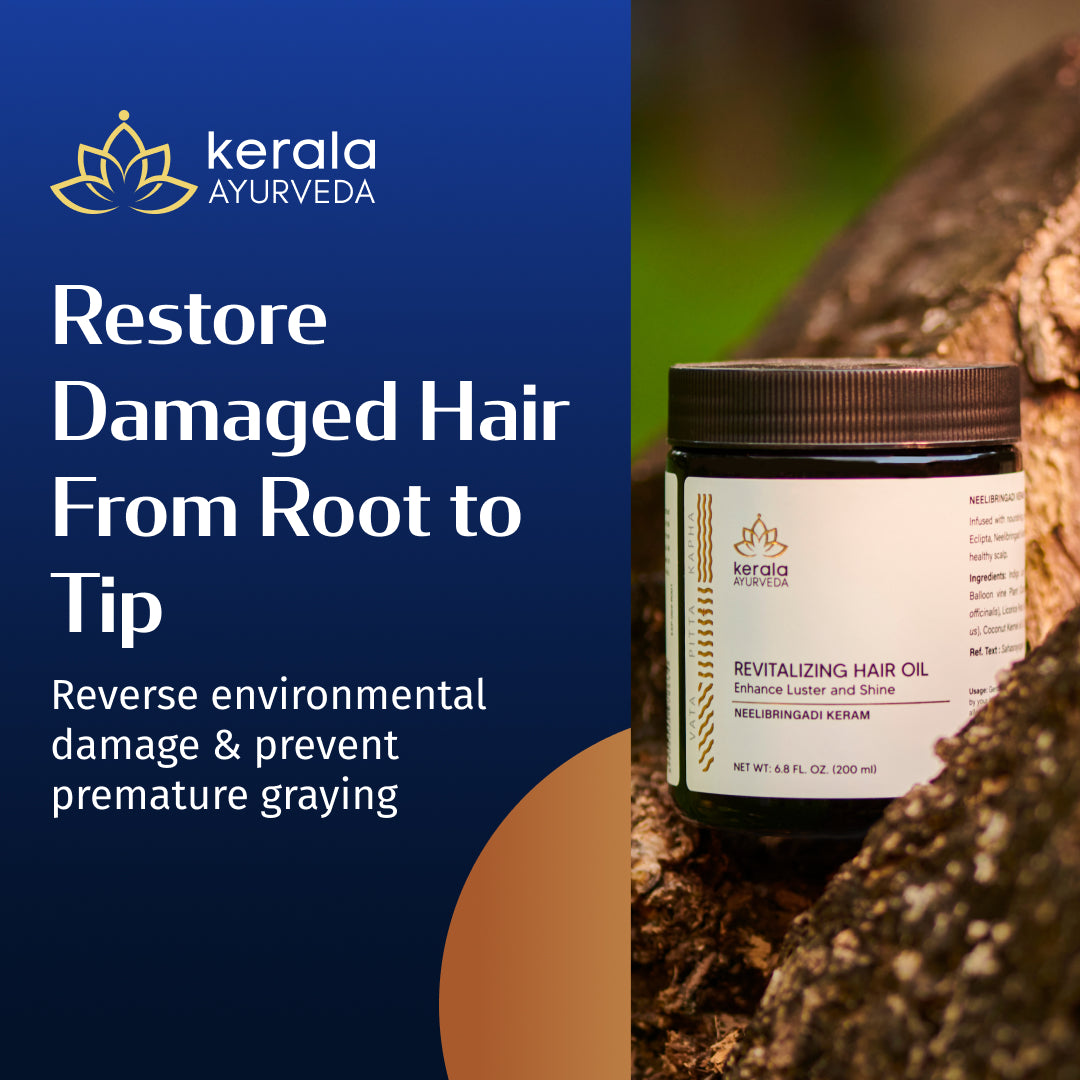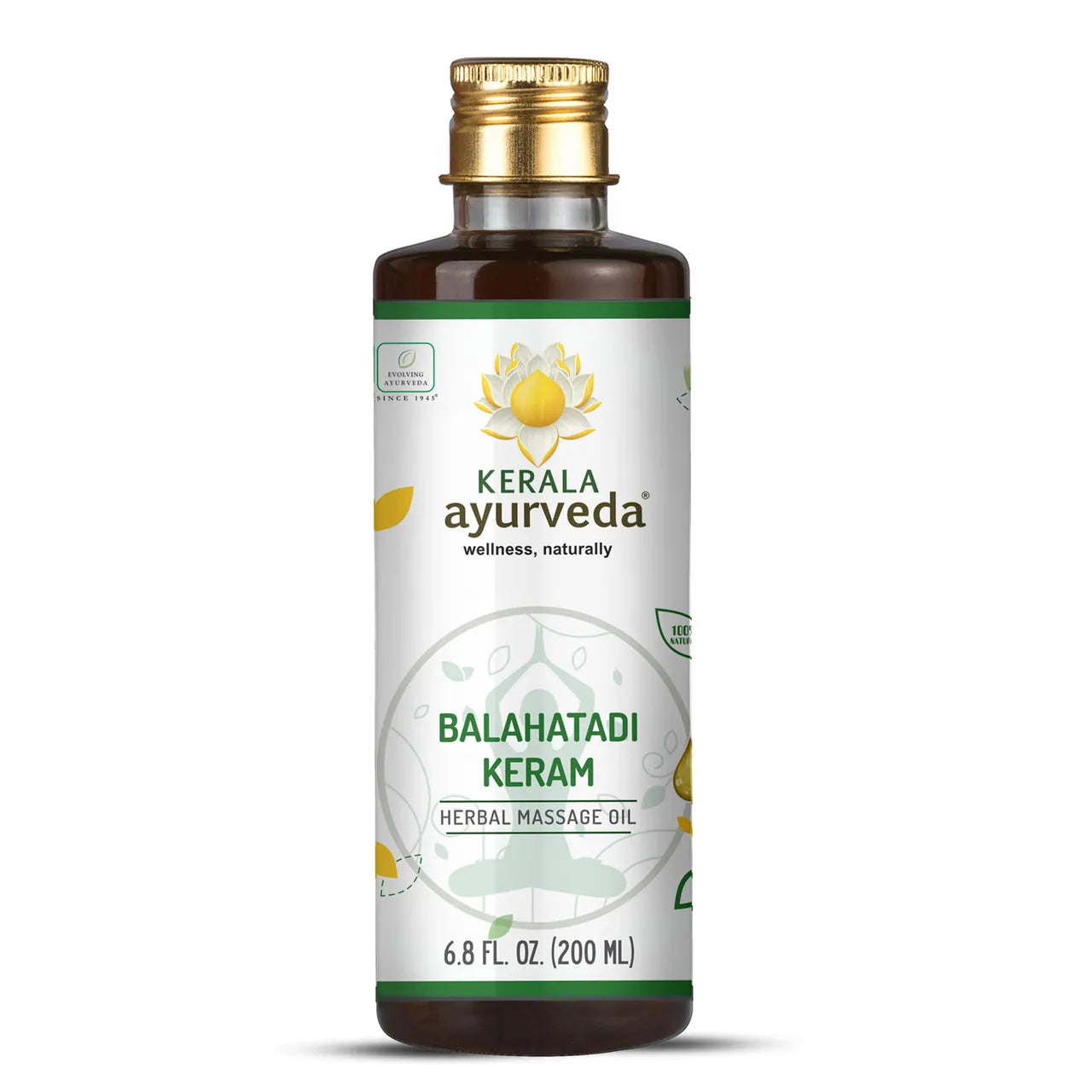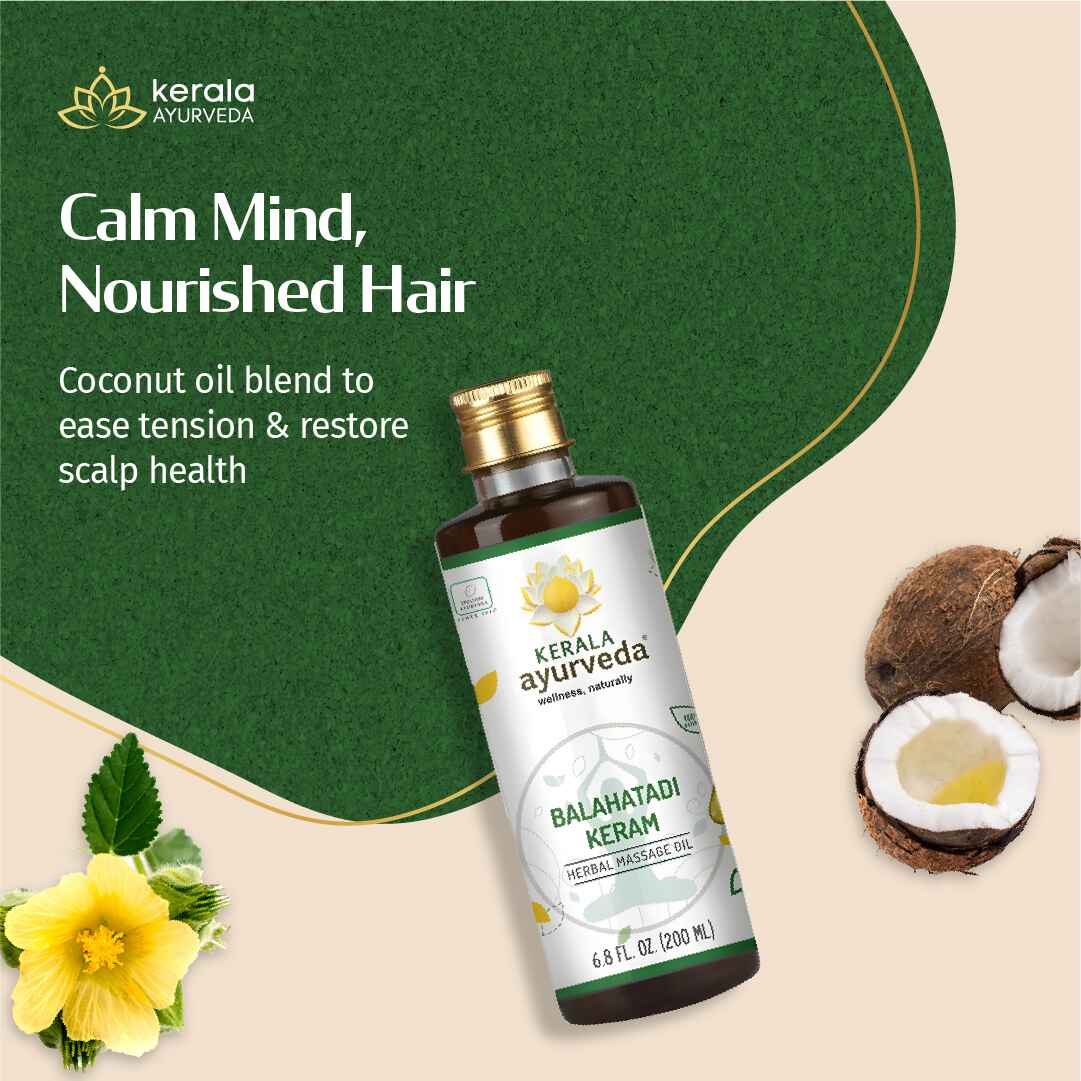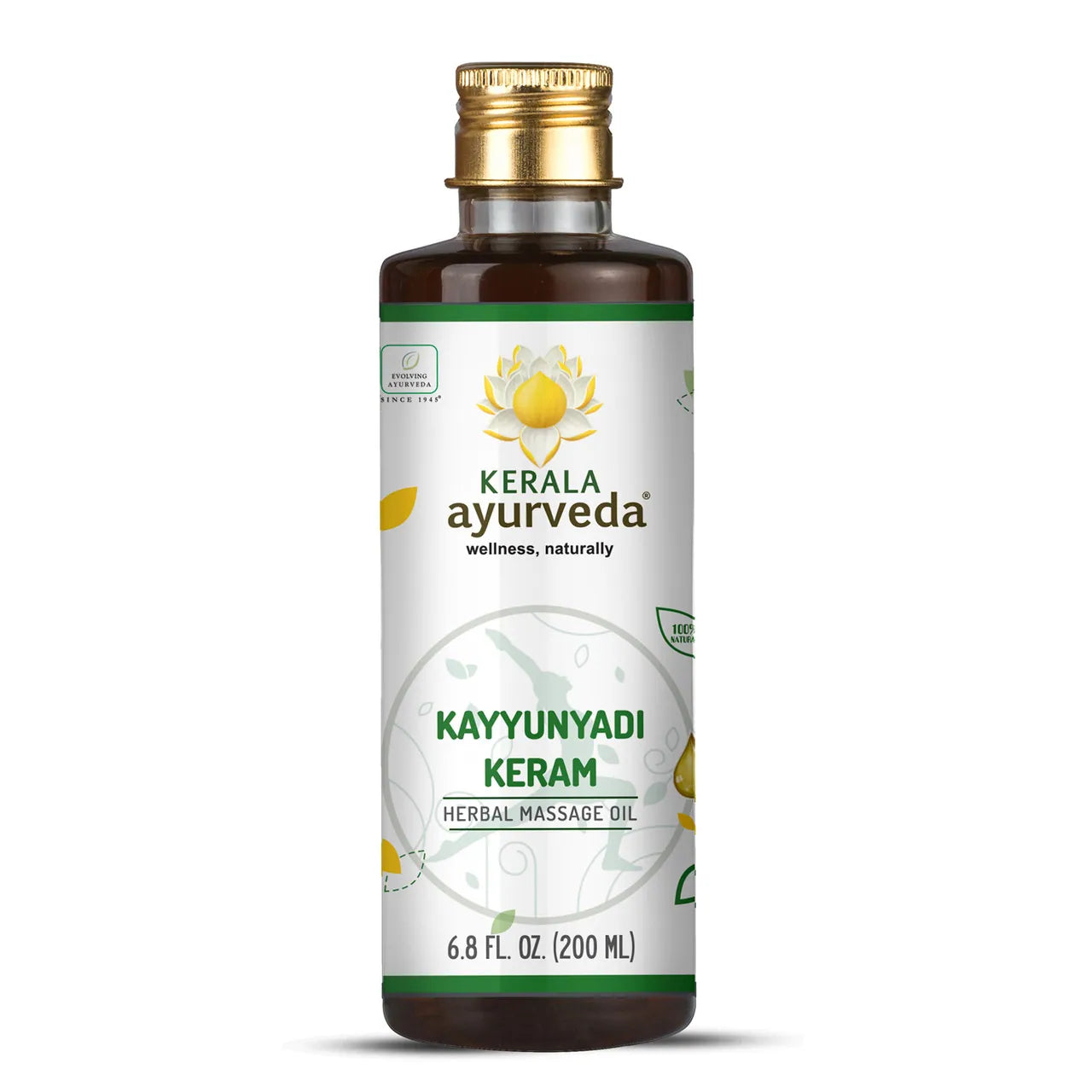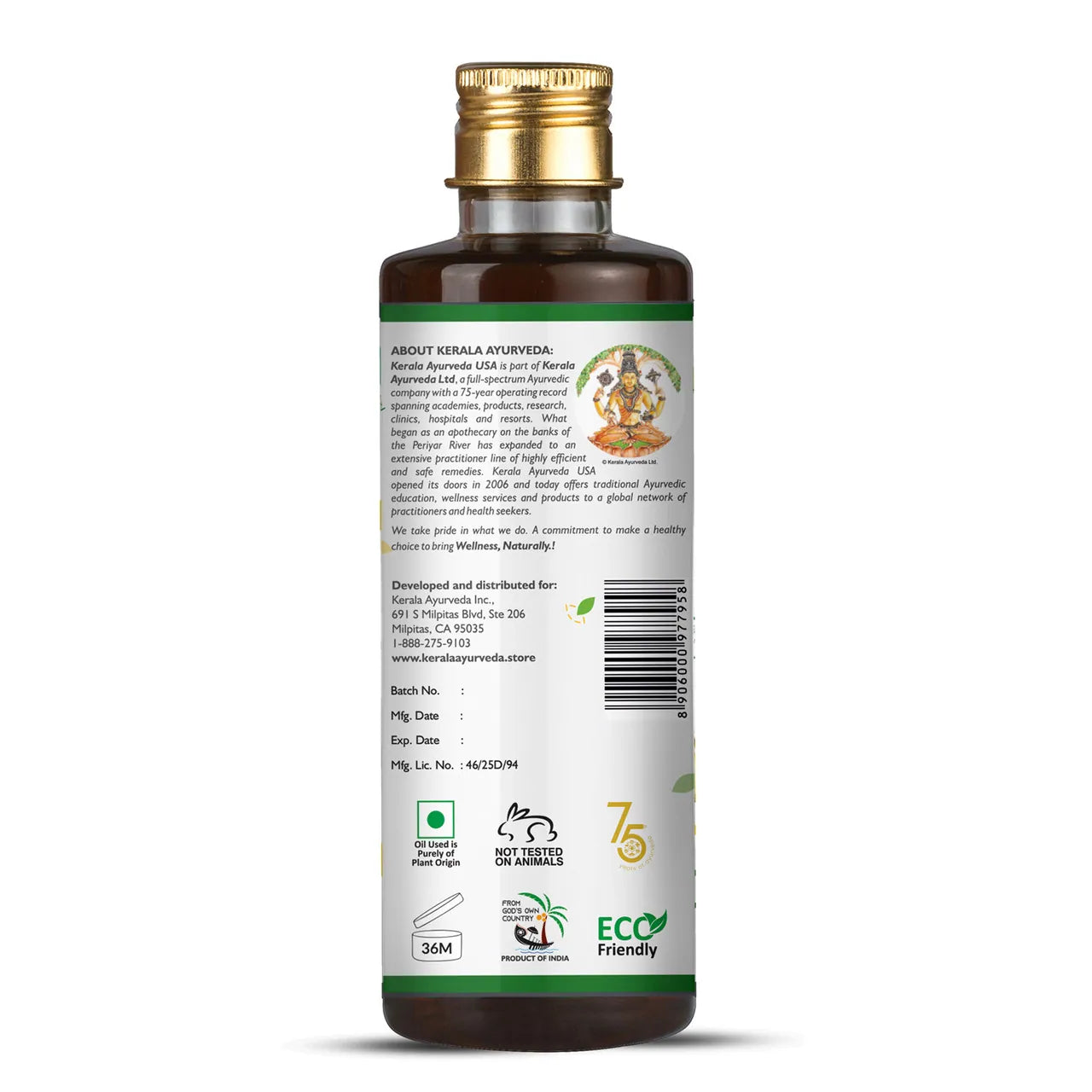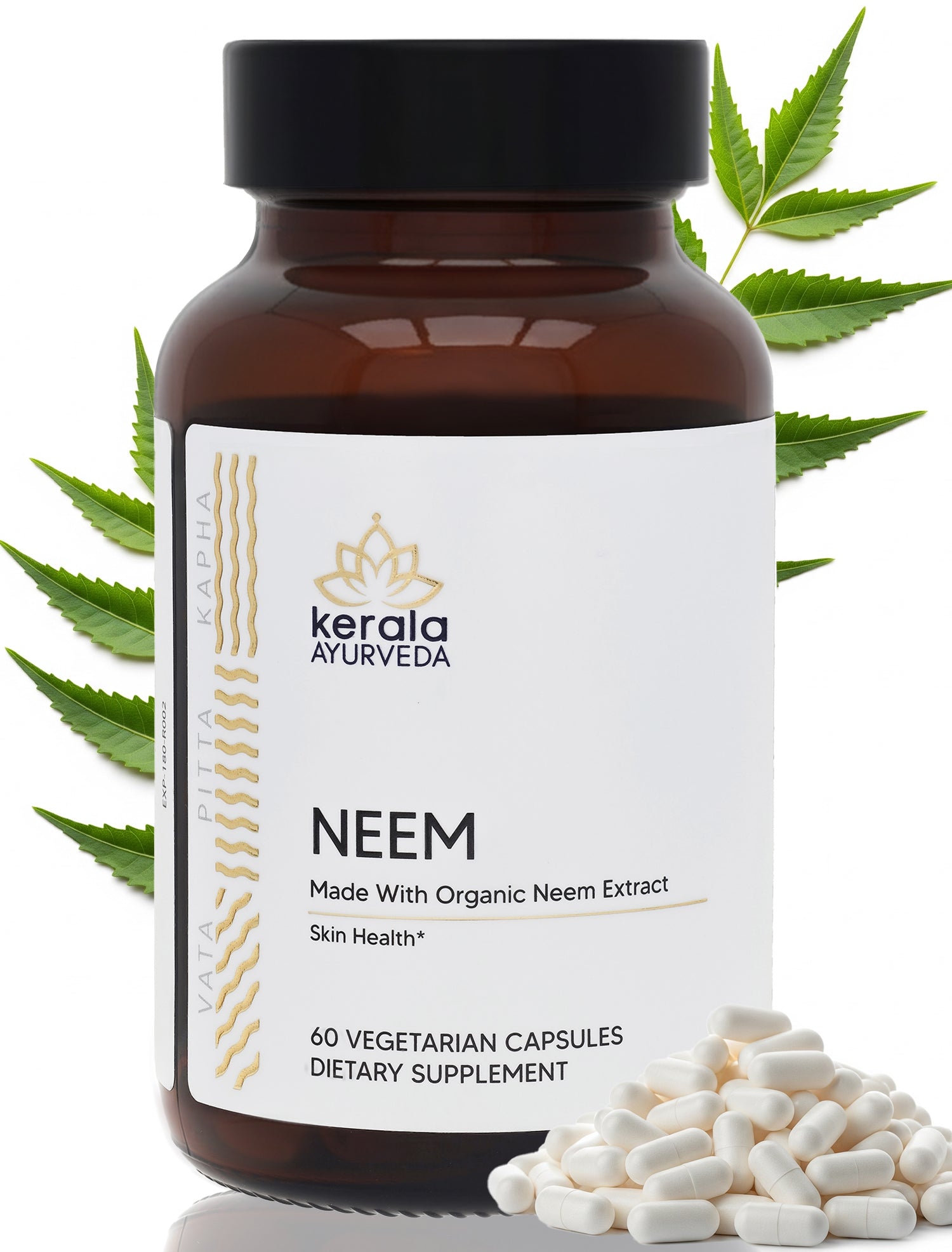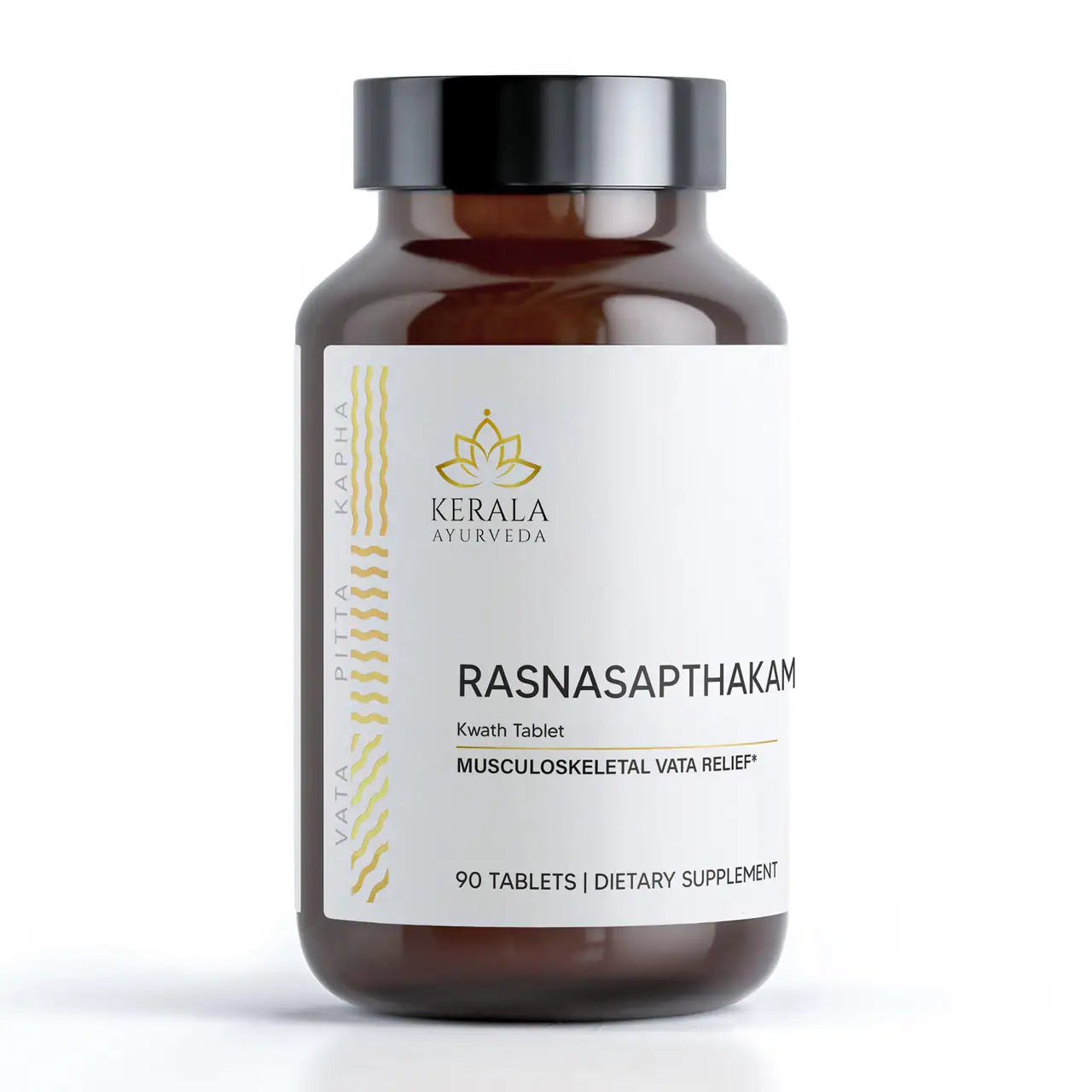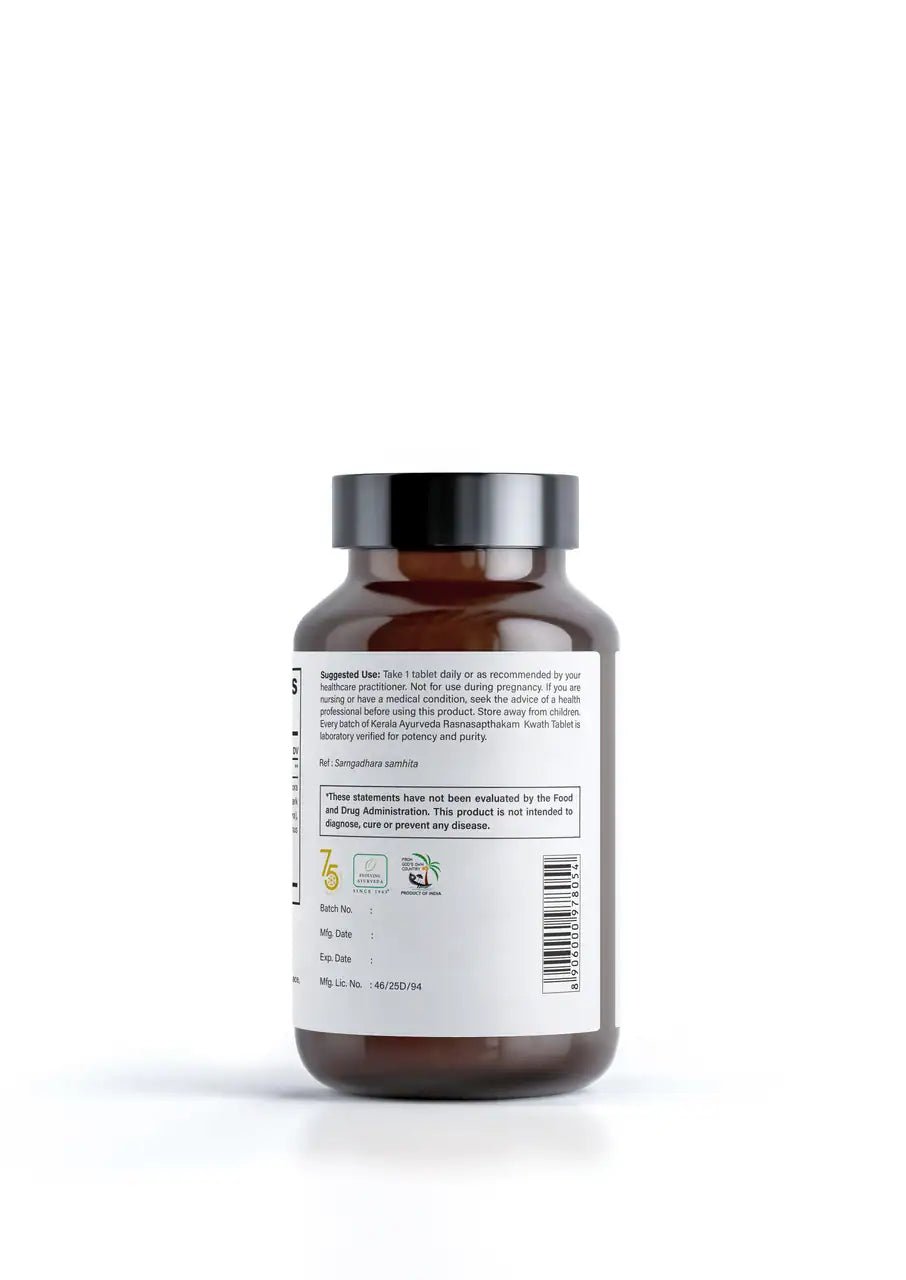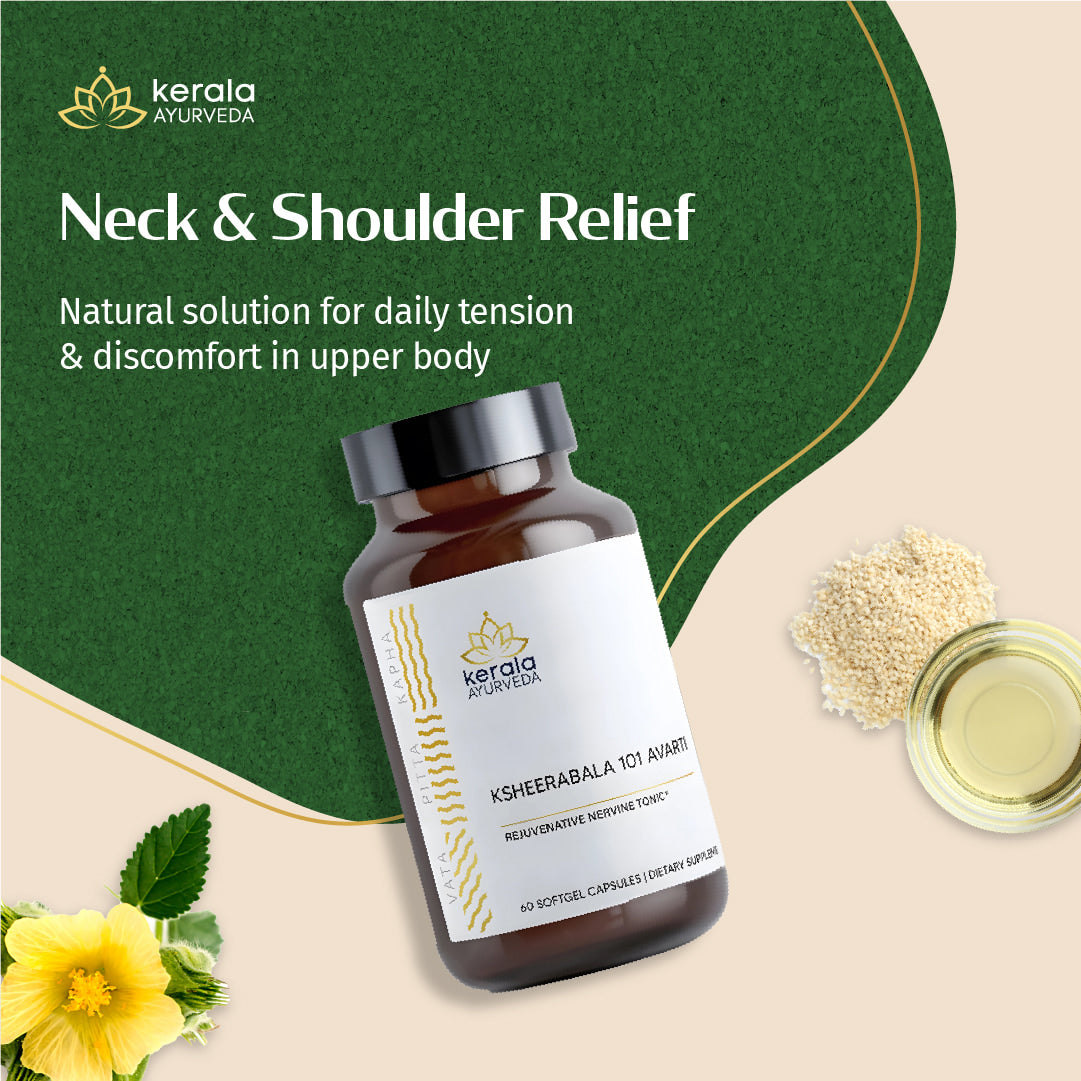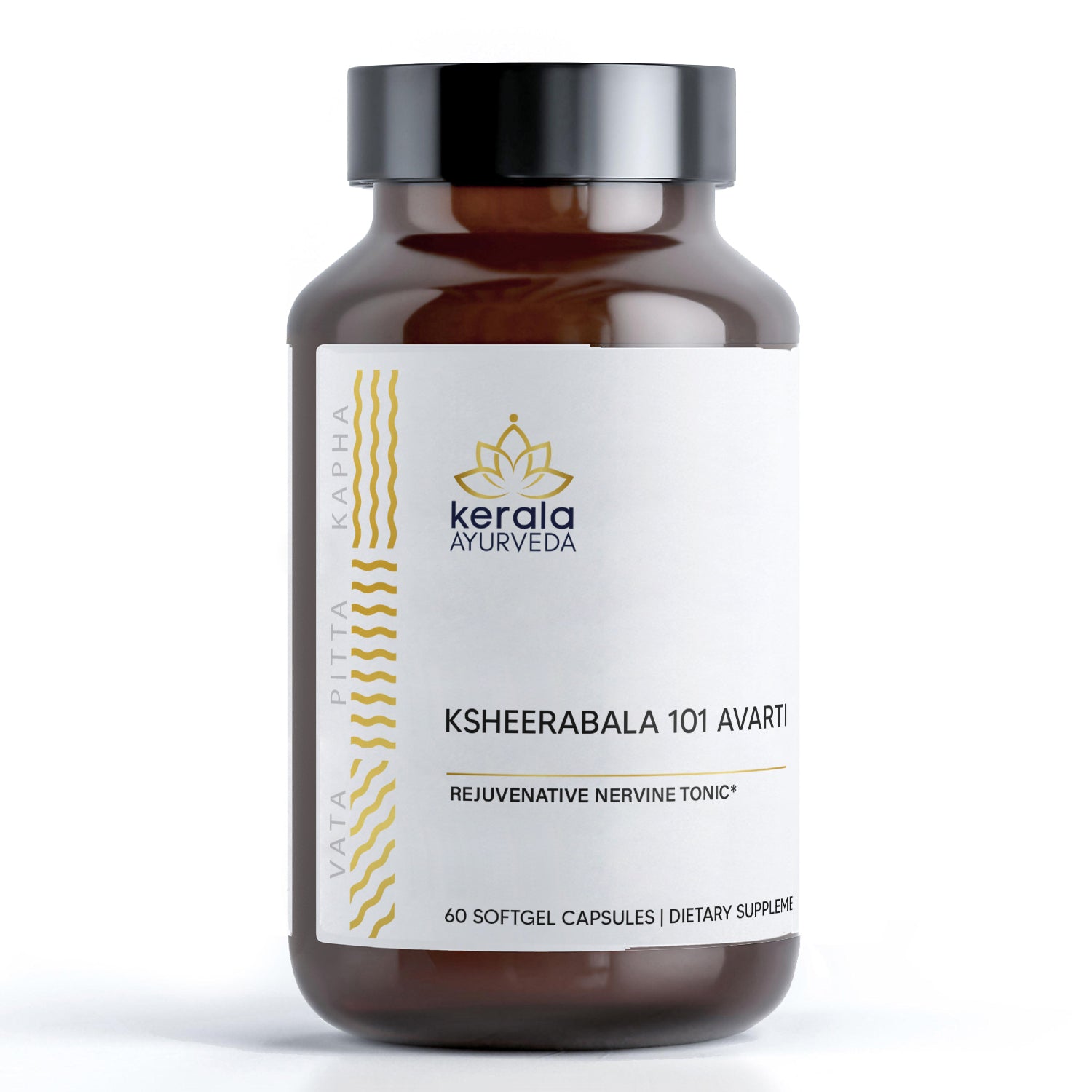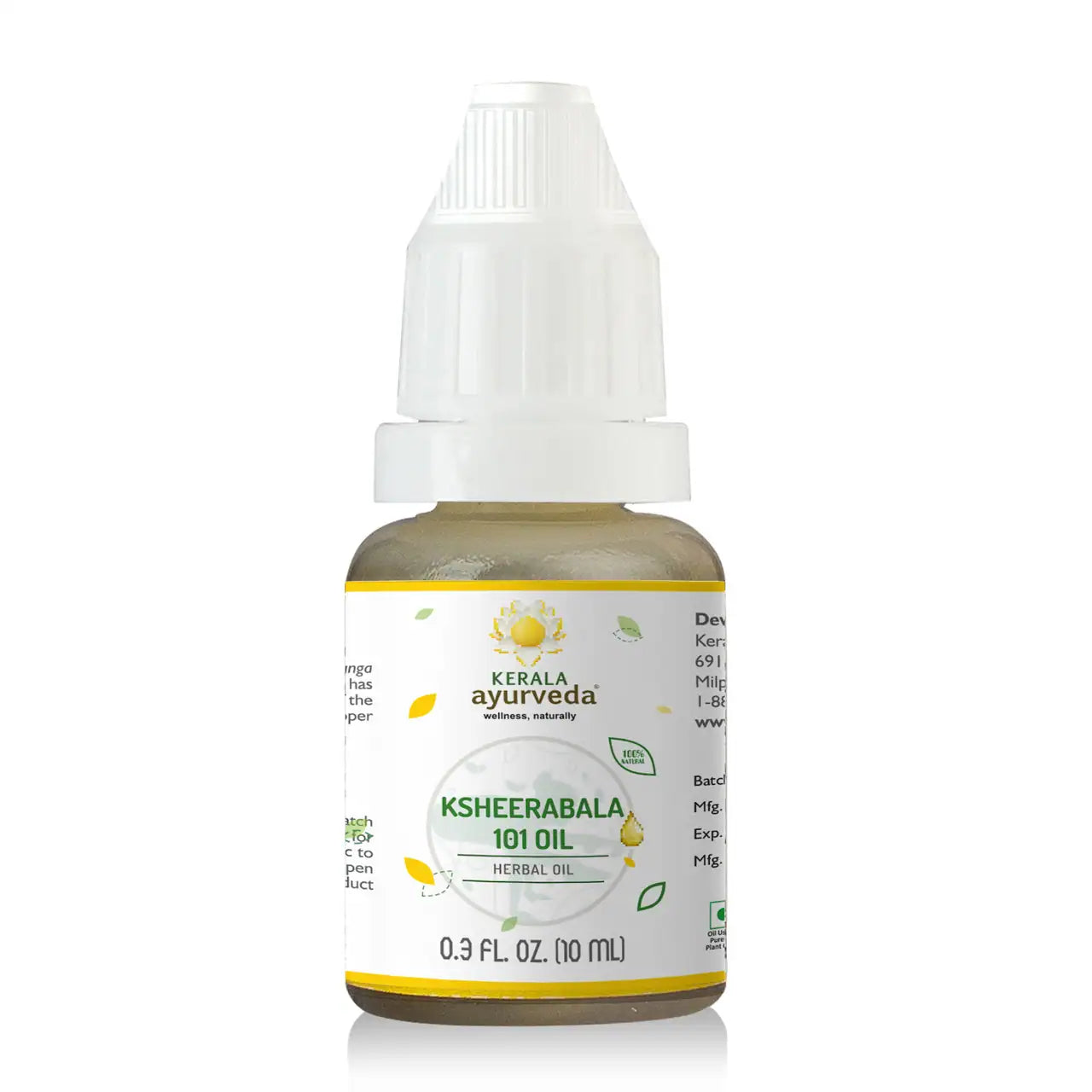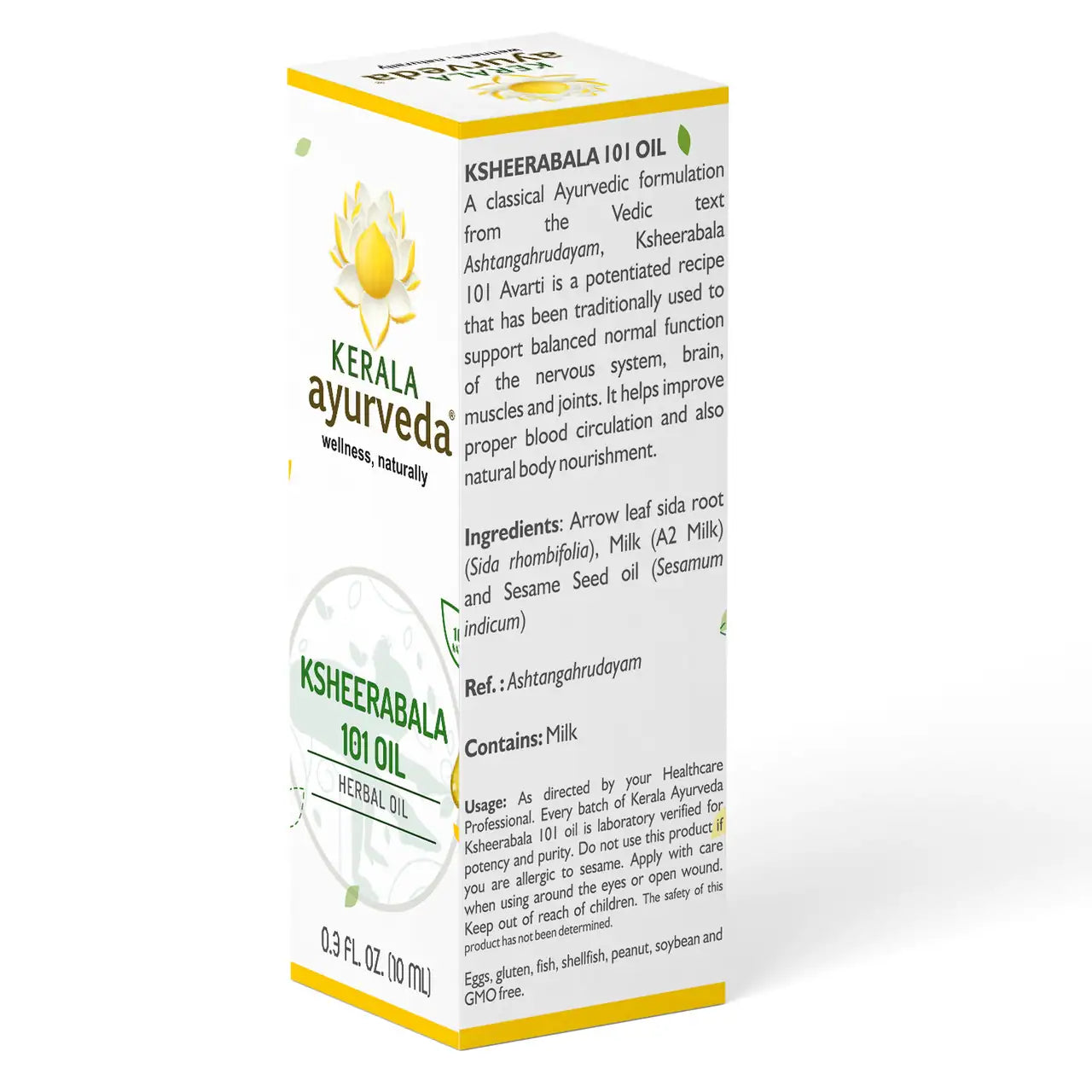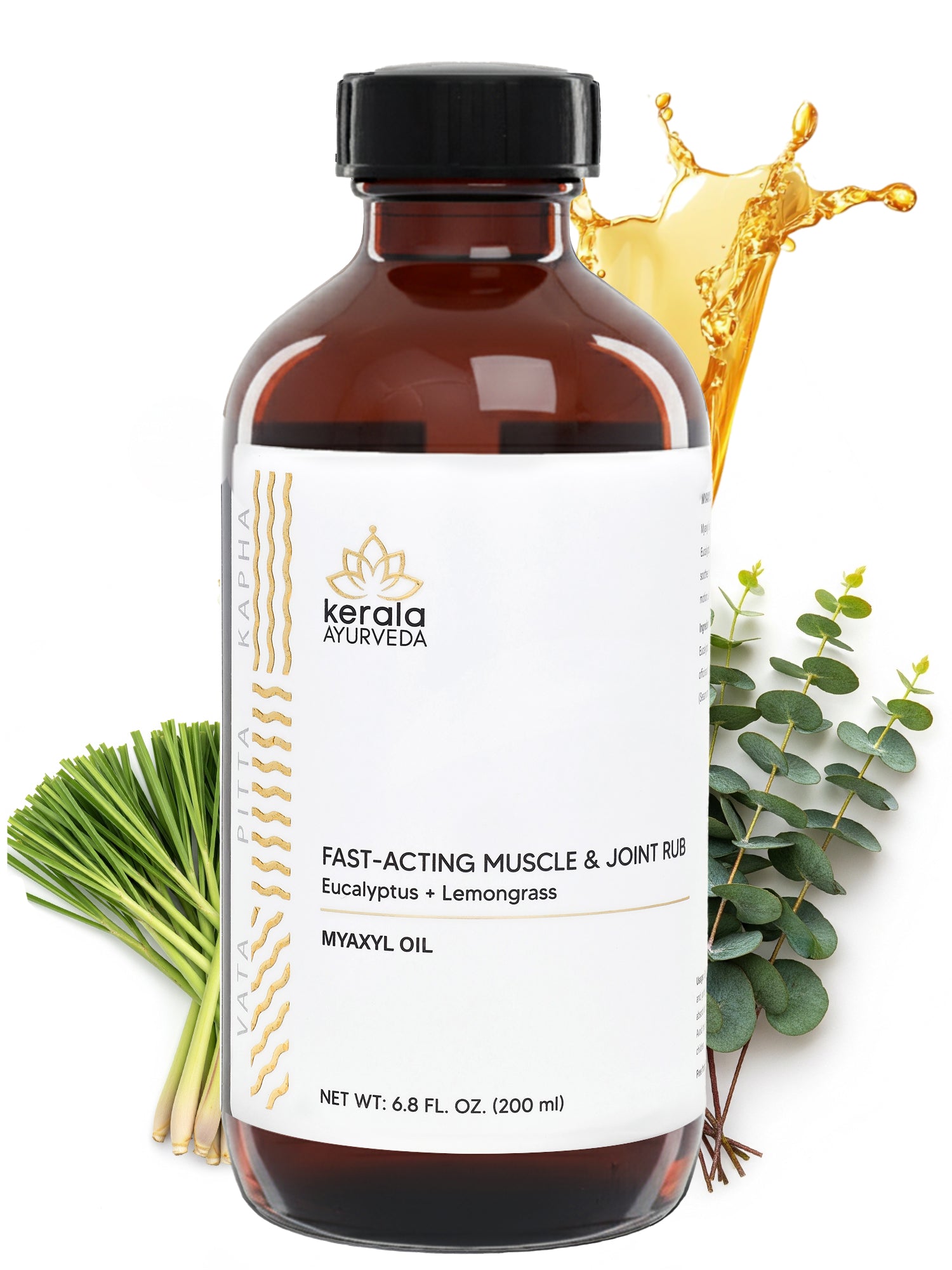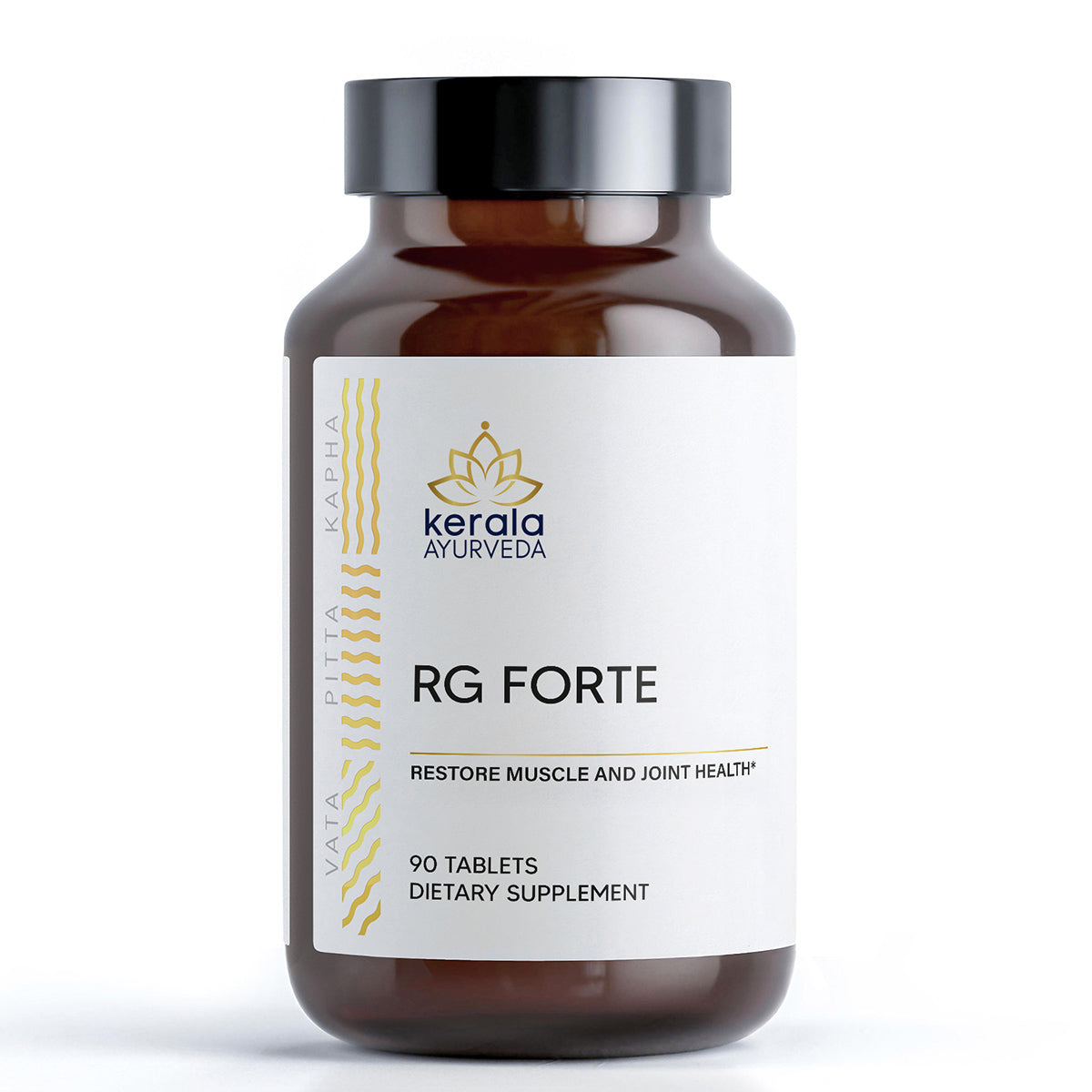Highlights
Ayurveda emphasizes the importance of following a healthy diet, given that what you eat has a significant impact on how you feel. People who practice Ayurvedic traditions often also detoxify the body in order to balance their Doshas, regulate the functioning of their digestive system, and rid their bodies of Ama or toxins.
Keep in mind that according to Ayurveda, your health is at its best when your Doshas are at their optimum levels and Ama is low. The best way to cleanse your body, according to Ayurvedic practices, is through Panchakarma.
The process has three stages—Purvakarma (the preparation stage), Pradhana Karma (the cleansing stage), and Paschat Karma (the maintenance stage). The main part of this process, i.e. Pradhana Karma, includes inducing vomiting and purgation to cleanse toxins from the body, performing enemas using herbal oils, cleaning the nasal and respiratory passages, and purifying the blood.
Once the process is complete, it is extremely important to make the necessary lifestyle changes. So, you may be required to modify your diet and consume certain healing supplements, among other things.
The Ayurvedic way to detoxify the body should, ideally, be performed from time to time under the guidance of an experienced practitioner for you to benefit the most from it.
What is Ayurvedic Cleansing?
Be it indoors or outdoors, we live in an age where our bodies are constantly exposed to toxins. The toxins may come from the environment as pollutants or chemicals in beauty products. Toxins can be produced in the body due to faulty digestion.
These toxins can cause an imbalance in the Doshas (the three principal energies of the body). This can cause various health problems. These toxins can be particularly troublesome during seasonal changes. An Ayurvedic detox or cleanse can help you get rid of toxins from the body and rejuvenate you.
The article talks about what to expect during an Ayurvedic cleanse known as Panchakarma. It also tells you how to detoxify the body in Ayurveda using different strategies.
What is an Ayurvedic cleanse?
A cleanse is a process that involves removing toxins from the body. An Ayurvedic detox involves using Ayurvedic herbs and therapies to remove toxins or Ama from the body. It also involves removing excess Vata, Pitta, and Kapha from the Dhatus or tissues and eliminating them from the body through the digestive tract.
How to remove toxins from the body in Ayurveda?
Ayurveda recommends the use of herbal supplements to help remove toxins from the body. One of the most powerful Ayurvedic cleanses is achieved through Panchakarma. This is a therapy that involves five (Pancha) actions or procedures (Karma).
This is a comprehensive cleansing process that helps heal the body by removing toxins and balancing Doshas. The end result of the procedure is the rejuvenation of the body as well as the mind.
What can an Ayurvedic cleanse do for your body?
A complete Ayurvedic cleanse improves the body’s metabolism. Cleansing helps rekindle the digestive fire. It ensures the proper working of the digestive system bringing about balance in the system.
Cleansing can detoxify the body and remove toxins along with excess Vata, Pitta, and Kapha from the body. It helps in the easy and comfortable elimination of waste. It stimulates the liver allowing toxins to be removed naturally by the liver. Body cleansing improves blood circulation. Cleansing works at the tissue level helping in the rejuvenation of both body and mind.
How to do a natural cleanse of the body?
Natural cleansing of the body can be done through the following practices:
- Changing your diet to ensure that the food you eat is appropriate to the prevalent Dosha. The diet should be gentle on the body and allow for smooth elimination. Consumption of excessively oily food, processed foods, and sugary foods should be minimized during the cleansing process.
- The cleansing process is benefitted by fasting as it helps clean the digestive tract.
- It is important to remain hydrated and drink sufficient water. Start your morning with a glass of warm water and lemon.
- Physical activity is important during the cleansing process. Yogasanas may be carried out to support the cleansing process.
- Cleansing involves both the body and the mind. Pranayama (breathing exercises) and meditation can help in cleansing the mind to ensure rejuvenation.
- Massage is a key element of cleansing and can be done at home through a self-massage using herbal oils.
- Consumption of ghee is recommended to strengthen the digestive system and improve elimination. Herbalized ghee (Ghritham) can help in the cleansing process.
- Ayurvedic products containing certain herbs like Triphala, Manjishta, and Guduchi act as natural cleansers free of any chemicals
What are the benefits of Detox?
There are many benefits of cleansing including:
- Removing toxins from the body
- Balancing any vitiation in the Doshas that is causing health problems
- Improving the working of the digestive system
- Boosting the body’s immunity
- Stimulating the liver to help in the natural removal of toxins
- Ensures the elimination of waste happens in a smooth and trouble-free way
- Improves skin health
- Reduces stress levels and helps calm the mind
- Rejuvenates both mind and body
- Helps to prepare the body to take on seasonal changes
- Cleansing and detoxing have an anti-aging effect on the body helping a person to look and feel young.
- Weight loss can be one of the benefits of body cleansing
Ayurvedic Detox
Ayurvedic detoxification is done by a very popular therapy known as Panchakarma. This therapy should ideally be carried out under the supervision of Ayurvedic practitioners. It usually involves staying at an Ayurvedic center where the patient follows a healthy lifestyle. Panchakarma therapies are administered during the stay to ensure effective detoxification and rejuvenate the mind and body.
Panchakarma comprises three stages.
-
Purvakarma: This is a preparatory process to soften the tissues so that toxins can easily be eliminated. It includes three activities:
- Pachana Karma: Fasting and consuming ghee to liquefy the toxins.
- Snehana Karma: The toxins located deep in the tissues are liquefied.
- Swedana Karma: It facilitates the movement of metabolic wastes so that they can eliminated later through other cleansing therapies.
-
Pradhana Karma: This is the main 5 processes of Panchakarma
- Vamana: Purging excess Kapha from the body by administering herbs to induce vomiting
- Virechana: Cleansing of Pitta from the small intestine, using powders and pastes.
- Basti: Here, an Ayurvedic enema is used. This helps nourish and cleanse the colon and pacifies Vata Dosha using herbal oils.
- Nasya: Cleansing is done on the nose to clear the respiratory tract.
- Rakta mokshana: Blood purification to remove toxins from the blood.
-
Pashcat Karma: This is the post-detox stage, which includes making lifestyle changes, suggesting dietary modifications, suggesting herbal supplements, and carrying out specific rejuvenating procedures. These procedures include:
- Sansarjana: The diet is gradually changed from a liquid diet to a solid one.
- Shaman: This is a treatment done using herbs and lifestyle modifications.
- Rasayana: This is the rejuvenating treatment that enhances wellness.
A Panchakarma treatment is done specifically for an individual based on their health condition, body conditions, prevalent Doshas, and a physical examination.
Ayurveda is a wellness science. It has been practiced for centuries and promotes good living. Ayurveda suggests periodic cleansing of the body. When cleansing is done in the right way, it refreshes and recharges you, making you ready to take on the challenges brought by a world full of stress and uncertainties.
FAQ’s
Q1. Who should do an Ayurvedic detox?
Contrary to popular belief, you do not need to do a detox only if you are looking to lose weight. In fact, you can start an Ayurvedic detox any time you feel like toxins, or Ama, are accumulating in your body.
Q2. Can I do an Ayurvedic detox at home, without supervision?
If this is the first time you are doing an Ayurvedic detox or if you have pre-existing health conditions, it is important to consult an Ayurvedic doctor. The practitioner can help guide you through the detox process and ensure you complete it safely.
Q3. How will I feel during and after my detox?
During the detox, as your body is slowly eliminating accumulated toxins, you may have low energy levels and feel irritable. Remember that not everyone experiences these side effects, but a few people do. But, once you complete your detox under the supervision of an Ayurvedic practitioner, you are likely to feel naturally rejuvenated and your natural energy levels can increase. You could also experience a sense of clarity and peacefulness.
Q4. Can pregnant women do an Ayurvedic detox?
Going on a detox program during your pregnancy is not advisable. However, you can still eat a healthy diet to support your Agni (digestive fire) and keep Ama (toxins) under check. Make sure to eat a diet that is rich in vegetables and fruits; healthy proteins like fish, legumes, and eggs; and grains, like quinoa. If you still wish to do a detox, we recommend consulting an Ayurvedic practitioner first.
Q5. I am a teenager. Can I do an Ayurvedic detox?
While Ayurvedic detoxification can help support the normal functioning of your body, if you are a child or teenager, it is important to consult your doctor first before you start any diet. That said, teenagers can eat a healthy, nutrient-rich diet and make lifestyle changes as per Ayurvedic principles to help maintain a healthy weight and aid in overall wellness.





